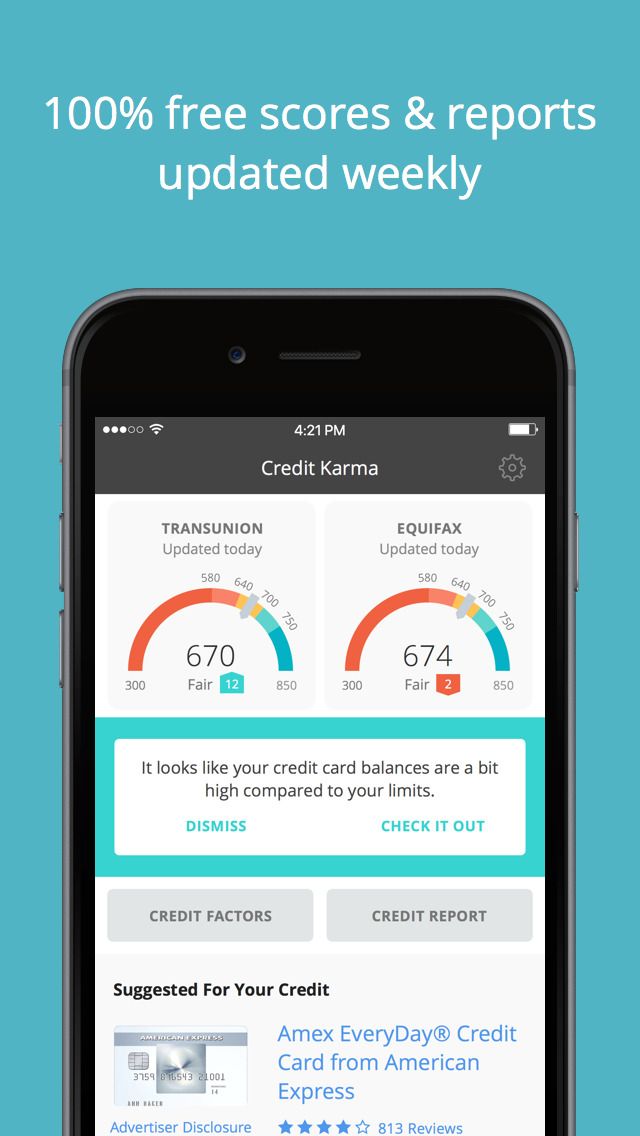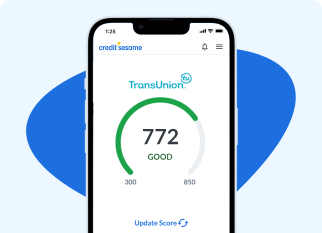
FICO Score is one popular credit scoring model. Financial institutions and businesses use these scores to assess a consumer's risk and to decide whether or not to provide a loan. 90% of lenders use at minimum one of the major versions of FICO Score. These scores are based on a credit report, which contains information about a consumer's credit accounts and payment history. A number of factors affect the score, including the amount owed, the length of time since an account has been used, and a person's mix of accounts.
Typically, a FICO score is calculated by running a credit report through an algorithm, which assigns different weights to different indicators. For example, applying for new credit frequently has more negative impact than a few one-off late payments. The score does not necessarily reflect the same consumer. This means that each lender can have its own guidelines.
There are many FICO Score models, each with its own industry-specific variations. Many financial institutions use FICO 8, while others use FICO 5 or FICO 9. While scores vary, they are based upon the same five elements.

FICO scores are based on the FICO score's most important factor, which is payment history. Lenders want proof that a borrower pays their bills on time. A positive effect on a FICO score can be achieved by paying a bill on-time every month. Paying your bills on time every month can make a difference in your FICO score. However, you will experience a decrease in your credit score if you miss payments too often.
FICO Score 8 has some major changes that may cause you to reconsider your credit usage. It gives a better statistical representation about risk. It is also more tolerant of single-time late payments. It is more sensitive to high credit cards balances. Your credit card should have a minimum of 30% credit utilization.
Although adding authorized users to credit cards can have a positive effect on your score it can turn negative if your account is filled with strangers. This is also known as credit card piggybacking and is not a good idea.
FICO Score 8, version 8 has also changed how it deals with collection accounts. Collection accounts with balances below $100 are not taken into account by FICO Score 8. Credit reports can be affected for a long duration by collections accounts.

Despite many changes, FICO Score 8, the most common score in lending is still used. Credit card companies as well as other lenders use this score to evaluate the borrower's credit card loan performance. A low credit score can impact your ability to obtain certain jobs or a mortgage.
FICO is continually improving its scoring models. All lenders have access and can use the latest version FICO Score.